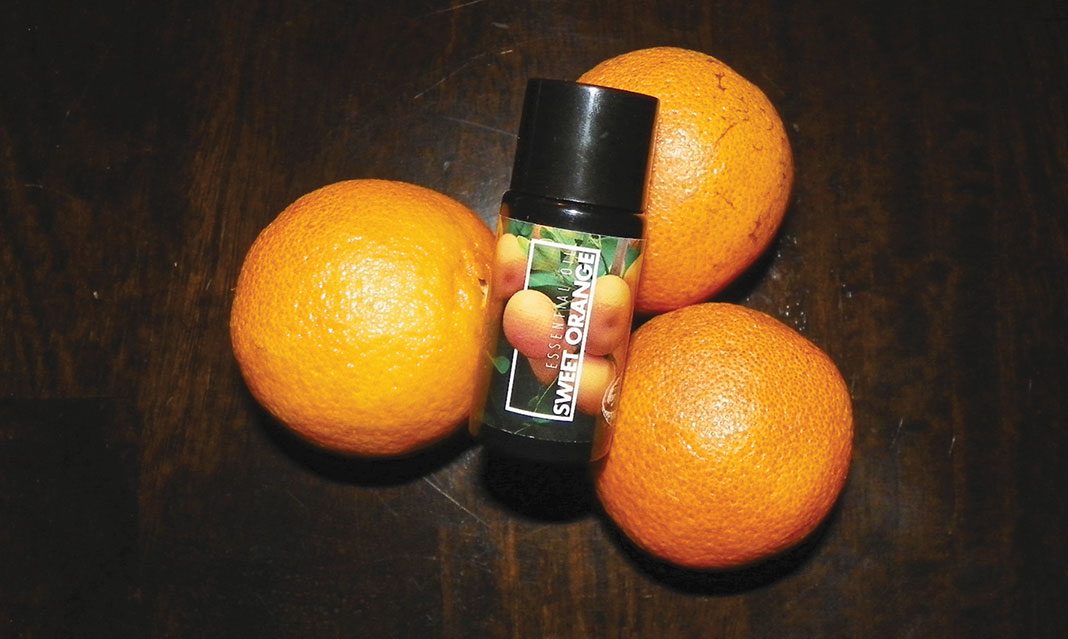According to the National Association for Holistic Aromatherapy, aromatherapy can also be referred to as essential oil therapy. It is considered both an art and a science which uses naturally extracted aromatic essences from plants to balance, harmonize, and promote the health of body, mind, and spirit. The benefits are beginning to be recognized, according to Healthwise, a global provider of health information, and the Mayo Clinic. However, they acknowledge that research on aromatherapy effectiveness is still limited.
According to the National Association for Holistic Aromatherapy, the term “aromatherapy” first started being used in the late 1930s by a perfumer and chemist, Rene-Maurice Gattefosse. He documented clinical findings about the results of the application of essential oils to a variety of physical health issues, and was attempting to demonstrate medicinal benefits derived from the application of essential oils. Since then, aromatherapy has also been recognized mainly as aiding relaxation and stress relief. The Healthwise staff has also supported essential oils in treating insomnia, burns, depression, infections, and high blood pressure. However, they also caution that evidence regarding the effectiveness of aromatherapy in curing or preventing illness has not yet been found.
The purpose of aromatherapy is to improve individual healing processes by combining physiological, psychological, and spiritual aspects. According to Healthwise staff, the essential oils encounter hormones and enzymes in the body. The resulting interactions cause changes in bodily functions, such as blood pressure.
Additionally, Healthwise staff explains, “Essential oils are taken from a plant’s flowers, leaves, stalks, bark, rind, or roots,” before being mixed with oil, alcohol, or lotion, depending on the method of application. Common methods of application include massage oil, facial and body lotions, bath soaps, and various types of inhalation, including steam inhalation, aromatic spritzers, diffusion, and direct inhalation. Direct inhalation occurs by inhaling essential oils directly from the source and is commonly used when moving about throughout the day without the time for a more elaborate application.
The National Association for Holistic Aromatherapy details the uses for the most popular essential oils. Clary sage is typically used to relax, relieve anxiety and stress, to relieve menstrual camps, and as an antispasmodic. Cypress is commonly used as an astringent, treats respiratory issues, edema, cellulitis, and muscle pain. Eucalyptus can be used as an expectorant, decongestant, to clear the mind, and reenergize. According to Dr. Brent Bauer, who represents the Mayo Clinic, smaller studies have linked lavender to the reduction of pain for osteoarthritis in the knee and reduction in pain linked to kidney stones. The National Association for Holistic Aromatherapy claims that eucalyptus is indicated to have more of an effect on children with respiratory complaints due to the lower cineole content, but only in a diluted form.
However, the Healthwise staff and Dr. Bauer recommend that anyone considering using essential oils talk to a licensed health professional who has experience or training in using aromatherapy, especially if dealing with a chronic condition, such as asthma allergies, or arthritis. However, there are some general rules to follow that everyone should be made aware of. Never swallow any of the essential oils as they could damage your internal organs. Do not use near the eyes or mouth; swelling or irritation could potentially occur. Lastly, children younger than five-years-old should not use essential oils because their sensitive skin may react to the oils.
This kind of therapy however, is not fully researched upon, according to Dr. Bauer. However, it definitely has proven to be effective for dealing with anxiety and depression, improved sleep, and improved quality of life for chronic health conditions.



